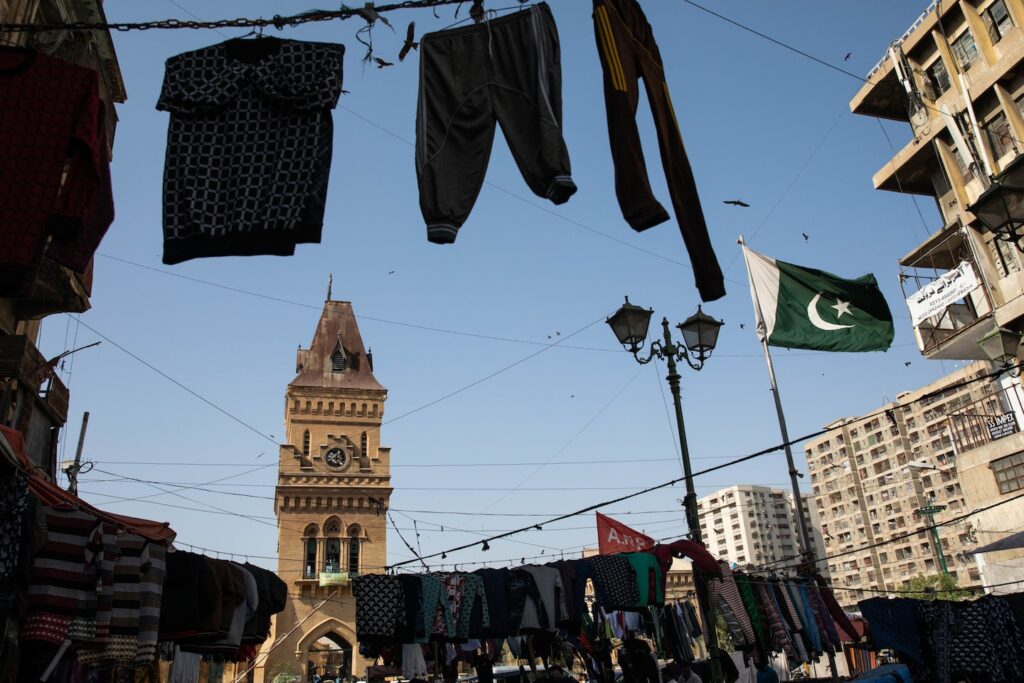
In 2013, then-Prime Minister Nawaz Sharif agreed to terms for an IMF loan of $6.6 billion disbursed over 36 months. His government, however, failed to broaden the tax base or privatize money-losing, state-owned companies. The current bailout program was started in 2019 by then-Prime Minister Imran Khan, who was ousted in a parliament vote last year. That loan program also has gone off course at least three times over the past two years, with each new finance minister looking to renegotiate. Pakistan’s latest finance minister, Ishaq Dar, was appointed in September. He was expecting an IMF team to arrive in October to resume discussions, but it didn’t arrive until late January, a prolonged delay that Dar called “abnormal.”
2. What is the IMF asking for in exchange for a bailout?
The so-called ninth review is scheduled to run until Feb. 9. Officially it’s focusing on policies to restore domestic and external sustainability, including to strengthen the fiscal position, IMF Resident Representative Esther Perez Ruiz said in a statement. In practical terms, the two sides are expected to discuss possibly raising fuel, electricity and gas prices — which are heavily subsidized by the government — plus introducing new taxes. The mission will also seek to restore the viability of the power sector and reverse the continued accumulation of debt in the energy sector. Pakistan has loosened its grip on its currency and increased fuel prices last year in initial steps to try to revive the bailout. The rupee fell by almost 15% in January, the biggest monthly fall in at least 34 years, according to data compiled by Bloomberg. Sharif, the current prime minister, on Feb. 3 called the IMF’s requests for unlocking more funds tough and “beyond imagination.”
3. How urgent is the need?
Extremely. Pakistan’s foreign-exchange reserves have plunged by almost half in a month, to $3.1 billion. That’s enough to cover less than a month of imports, while the global standard benchmark is three months. Pakistan’s credit ratings were lowered deeper into junk last year. Concerns that it could default on a $1 billion bond payment last year were alleviated when it made the payment, but long-term dollar bonds still trade in distressed levels. Pakistan’s consumer prices have surged to the highest in almost five decades, partly due to the global inflation surge following the Covid pandemic and Russia’s invasion of Ukraine. Any IMF-related price hikes will only increase its pace. The nation’s economic growth has been cut by half to 2% after floods inundated about a third of the nation, with a damage estimate in October of $32 billion.
4. What’s different this time?
Pakistan is scheduled to have an election some time after August, when the government’s term ends. Politicians have historically spent lavishly to lure voters. Sharif’s government, which is a coalition of 13 political parties, has already shown resistance to austerity measures. It took two months to agree to lift some fuel subsidies after coming to power, though the government hasn’t raised them entirely as per IMF demands. The power minister, Khurram Dastgir Khan, has said that Pakistan will not raise electricity prices even though the country is grappling with a series of energy challenges such as an aging transmission network that’s suffered repeated outages, including a nationwide blackout in January.
5. Does Pakistan have other options?
They’re getting narrower. Pakistan has secured fresh funding from Gulf nations but they have refused to lend since last year until the nation follows the IMF program again. Saudi Arabia is considering providing $2 billion in financing. But in January it signaled a shift in how it offers financial help to countries, making aid conditional on promises to revamp their economies, similar to the IMF rules. Pakistan said it has secured $1 billion in fresh financing from the United Arab Emirates early this year, and also expects China to roll over a $1.2 billion loan. About 30% of Pakistan’s foreign debt, roughly $30 billion, is owed to China, according to a 2022 IMF report. That’s triple the amount of IMF debt and more than the amount given by either the World Bank or the Asian Development Bank.
–With assistance from Khalid Qayum.
More stories like this are available on bloomberg.com

